DecemberList of articles
0 Comments
reported by John-Peter Gernaat
The study of the Gospel of Luke is proving to be most insightful. In his introduction, he makes it clear that he has followed a path of spiritual investigation which he will endeavour to show to his readers. He, therefore, takes the events that we read about in the other Gospels and orders these in a way that leads the reader to an understanding at which Luke has arrived. Luke is familiar with the Noble Eightfold Path that the Buddha and realises that the Christ has brought a new understanding to the Eightfold Path. It is this new understanding that Luke reveals in his Gospel. He does this through the description of events, healings, parables and teachings that culminate in a meal. At the meal the insight of the Eightfold Path is revealed. The first step on the Eightfold Path is Right Understanding. The right understanding is that Christ came to heal. Sin is a state that leads to death. Christ has come to give life. The human constitution was sick and it was in need of healing of the separation that existed in the soul in order for the Spirit to fill the human constitution. The second step on the Eightfold Path is Right Thinking. Right thinking is a knowing that is free of doubt. It is not based on proof but on an inner knowing. The right thinking frees the human being without the need to undergo a process of initiation as was required in pre-Christian times The path that Luke takes his readers on to reveal each of these steps on the Eightfold Path is profound. The insight that Michaël is bringing to this study is quite remarkable. Reported by John-Peter Gernaat The final workshop, on Saturday 12 November, in the series of three observing different aspects of our world to gain a deeper understanding, was a look at the mountains of southern Africa with the focus being the mountains of the southern Cape and the Drakensberg. When one observes the continent of Africa and takes note of the mountain ranges the mountains related to the African Rift Valley run north-south across eastern Africa. The other two mountain ranges that become noticeable are the Atlas Mountains in the north west and the Drakensberg Mountains in the south east. They seem to bracket ( ) Africa. Something else becomes noticeable: Africa appears to have two protrusions. In the north west there are the Atlas Mountains that could be removed and the coastline of West Africa would curve smoothly to North Africa. Similarly the Western Cape from Velddrif to Witsand could be removed and the coastline would curve smoothly from the western Cape to the southern Cape. These protuberances are also interesting when one observes the vegetation which differs from the surrounding landscape. The Western Cape has the fynbos biome with is the most diverse biome and most unique in the world. Yet, there is a similar biome in the north west of Africa. Both of these areas experience a climate that we describe as Mediterranean, with a winter rainfall.
The Super-Continent of Gondwanaland, in its reconstruction, has a tectonic plate that sat between Africa and South America at the south western part of the ‘bulge of Africa’. This tectonic plate is known as the Azores plate and moved northward with the splitting of Gondwanaland. A part of the landmass on this plate fits well with the Atlas Mountains while another part may have broken loose and been ‘sucked’ southward as the Atlantic Ocean opened up to finally collide with the western Cape. This collision would in part explain the mountains of the Cape Fold belt. When one reads the geological literature and even tourist literature one is quickly struck by two very different explanations for the formation of the Cape Fold Belt. One is of a great basin into which sediments accumulated and before these sediments had fully hardened to rock the edges of the basin became steeper and steeper, caused by the weight of the sediment in the middle of the basin. As the edges became steeper the sediments slid down towards the middle of the basin forming the beautifully rounded folds seen in the many kloof cross cutting the Cape Fold Mountain ranges. The other explanation is of a collision of continental plates that pushed up the mountains. There is evidence of both processes visible in the geological record. Thus, it is possible to image that both processes were active at different times producing these mountains as the final result. The Drakensberg are a very different story. Typically, when a highland meets a lowland such as the coastal plain and an ocean, a very distinctive landscape arises. A sudden break in the high lying area (A) occurs forming a scarp face (B). The material that erodes from the scarp face forms a steep slope beneath the scarp called a talus slope (C). (Talus is the accumulation of debris in sheets or cones at the bases of rock walls.) Then follows the pediment (D) or foot of the highland. Looking at aerial photos of KZN from the coast, it becomes very clear that the Drakensberg are the scarp of the central highland of southern Africa and the talus slope and pediment of the coastal plain become visible. In the case of a true maintain there are at least two steep sides to a summit. The Drakensberg have only one steep side up the escarpment to the plains of the Free State. They are not mountains, but a scarp face. NovemberList of articles
From the book The Nature of Substance: Spirit and Matter by Dr Hauschka The Mineral Cross We saw … previously… that lime and silica are opposite poles of the cosmos, with aluminium and phosphorus, a second polar pair, engaged in a harmonising pendulum-swing between the first pair. It would be possible to explore many more aspects of this relationship than there is space for here. The indications given…, however, may perhaps serve to illustrate clearly the harmonious interplay of these four substances, particularly in the field of physiology. The aluminium and phosphorus processes work, as we have seen, in blood and nerves, linking silica and lime, the skin and skeleton. Blood is the plastic element that builds and maintains the body tissue, whereas nerves transmit the formative forces that take over the plastic material provided by the blood and give it the shape of muscles and organs. The phosphorus process active here is like a sculptor’s hand, with its sensitive touch for shaping plastic clay.
Aluminium and phosphorus, then, are a polarity midway between the polar opposites lime and silica. The macrocosmic processes that create these four substances spring from four cosmic points of origin which form a cross: Aries - Libra / Capricorn - Cancer. Just as we found the four substances: hydrogen - oxygen / nitrogen - carbon falling into the pattern of an ‘atmospheric cross’ which pointed to the cosmic sources of protein and of all organic nature, there is a similar comprehensive significance in the cross formed by silica - lime / aluminium - phosphorus. It can easily be shown that the whole mineral earth is really built in the main of these four substances. Organic creation with its flowers, trees and grasses, its butterflies, beetles and other creatures is as it were a panorama of fleeting images that seem to emerge out of the atmosphere, take on material form, and just as quickly melt away again. Mineral nature, with its mountain ridges, its plains and valleys, is by contrast the stable, solid core of this passing show. Or perhaps we should say, relatively stable; for it too came into being out of the great reaches of the universe, and will one day dissolve back into it. Previously … we related the atmospheric cross formed by hydrogen, nitrogen, oxygen and carbon to the four Aristotelian elements: fire, air, water, earth. This fourfold principle, in which earth’s evolutionary phases can be recognised, is so fundamental that we may expect to find it again in the mineral cross. Disregarding for the moment the natural, earthly state of these minerals and considering them purely as principles, or processes, we do indeed find the four Aristotelian elements reflected in them. The relationship of the highly inflammable phosphorus to fire is immediately obvious. Then there is the silica process with its affinity to lightness and buoyancy, exemplified in the flight of birds and the spherical tendency inherent in the formative forces of the macrocosm; here we discern a relationship to light and air. Aluminium, which has so strong a proclivity to the plastics to the levelling, flowing liquid element, leaves no doubt where it belongs. And the statics of lime clearly shows its relation to the earthy element. To sum up these conclusions: reported by John-Peter Gernaat
The report on the Gospel Study in the October newsletter introduced the study of a Christian eight-fold path that will be discovered in the Gospel of Luke from chapter 4 onward, after the Temptation in the desert. This month focused on chapters 2 and 3 of Luke’s Gospel. These chapters in themselves are interesting as the story they tell is unique to Luke’s Gospel. There are three angels only in all of Christian scripture whose names are revealed. In the Book of Tobit (relegated to the Apocrypha by Protestant churches) the angel Raphael is named. The angel Michael is named in the Old Testament and in the Book of Revelation, and Luke names the angel Gabriel. Other angels appear in scripture but they are not given a name. Raphael identifies himself as one of the seven great angels who attend the court of God. The first chapters of Luke were written in the tradition of the Old Testament. There is a lot written about the fulfilment of the law in the course of the events described. The Song of Praise by Mary is very reminiscent of the Song of Hannah in the first Book of Samuel. Luke’s story speaks of the fulfilment of the prophecies of the Old Testament in two births: the birth of John as the great prophet and the birth of Jesus as the bearer of the Christ. When we encounter Holy Spirit in Luke’s Gospel the Greek is written without a definite article. Holy Spirit is thus an aspect of the Divine. Light is a strong theme in Luke’s Gospel. A full revelation in light, is to become enlightened. Up to that point in time the greatest example of enlightenment had been the Buddha. With the birth of Jesus a new world begins that exists beyond the enlightenment of the Buddha. Thus we can experience the lights that appear in the heavens around the angel who announces the birth to the shepherds as the light that has led up to the enlightenment of the Buddha. We read that his birth is the birth of the one who can make the human being whole. Luke is the only Gospel writer who writes about the presentation of the baby in the temple and the encounter with Simeon and Anna the Prophetess. The encounter with Simeon was a private encounter and he spoke his praise and words of foresight to Mary and Joseph. Anna, in contrast, spoke her words to all who were willing to hear. This is representative of the duality encountered in Luke’s Gospel. Luke alone says anything about the twelve year old Jesus accompanying his parents to Jerusalem at the age of his bar mitzvah. The description given by Luke makes it clear that something extraordinary occurred while they were in Jerusalem. We discussed in detail the insight that Rudolf Steiner was able to shed on this and that this insight had already existed in Christian traditions. Luke presents the genealogy of Jesus only after the baptism in the River Jordan, unlike Matthew who presents it as the precursor to the birth of Jesus. A study of the genealogies reveals that from King David to Joseph these lines of descent are very different. Luke describes his genealogy from Jesus going backwards to Adam. This contrasts with Matthew who starts at Abraham and is interested in whom each father brings into life, as a son. The tradition related to the Gospel of Luke is that Jesus bears a relationship to Adam and this tradition is rooted in the traditions of a Twin, which was the constellation to which the earth’s axis was directed at the time that humanity became conscious. This tradition is that Adam had a twin (humanity had a twin) Adam was the earthly twin, the twin who ventured onto the path of earthly incarnations while the other twin remained in the spiritual world (an aspect of humanity that did not undergo earthly incarnations). It was the twin of Adam who was represented in the birth of Jesus. It was this innocence that became wise at the age of twelve that shocked his parents. reported by John-Peter Gernaat How do we even begin to think about the future or what we should be doing to carry the impulse of The Christian Community into the next one hundred years? The answer is quite simple: the impulse must live and be alive in the people for whom it matters. A small group gathered on Friday evening 30 September at 18h00, an hour earlier than the original plan in order to avoid sitting in the dark during load shedding. The message sent out to the community was that this would be a participative conference and would consist of conversations and discussions. Those gathered felt both a weight of responsibility and a sense of doubt that anything they had to say would impact the future of The Christian Community. Rev. Michaël Merle introduced the conference with a picture given by Dr Rudolf Steiner on several occasions, but, for Michaël, memorably to the teachers. At every moment in our lives we stand in the present moment. This present moment is not a point in time or space, nor a straight line. It is a line of uncertain shape or width that has brought us here and will take us forward into the next moment. We have a past that brought us to this moment in time. We often spend time reflecting in the past rather than living in the present. We cannot change our past and yet we can allow it to have a great influence over our present. Alternatively, we may worry about our future. We have an idea, or a plan for our future, but because we have not yet realised this image or plan we worry that it will not work out as we have planned. The only time when we have real influence is right now, in the present moment. Rudolf Steiner made it clear that we need to develop a feeling for the present moment in order to be present to it. We think back on our past. It is our activity that creates the seeds for the future. When we have clarity in the thinking of our past we create an image of our past; we could say our past becomes an imagination. When we can sense the future with clarity we can develop an intuition for the future. Our feeling can inspire us in the present moment. The purpose of thinking back on our past, thereby creating an imagination, and for intuiting the future, is to cross over the thresholds of birth and death, remembering back to before birth and intuiting the future after death. This picture took us to an exercise. In groups, we listed what we felt were the building blocks of The Christian Community. This is what the founding of The Christian Community and the pioneering work of the first one hundred years have laid as a foundation. Much to Michaël’s joy the final list was very similar to what the pioneering priests and subsequent priests have listed. The word “seeking” arose from the discussion and was added to the list. Knowing that this list lives actively in us means that we are able to describe The Christian Community to others. We are a community in search of something and in search of continually finding it. We know what it is and where to seek it and thus we are always in the process of discovering it. We are always in the seeking to strengthen our connection to it. When we hear the Gospel proclaimed from the altar we may be struck that the words attributed to Jesus Christ are spoken in the present continuous tense. The words of Christ may have been recorded almost two thousand years ago but when they are proclaimed they are spoken as the words of Christ in the present moment. Thus, the next exercise was to find the very first words spoken by Jesus in each of the Gospels. The last exercise and conversation was to find the intuition for the future. For this, certain words from the words of Jesus were underlined and others were circled. The underlined words were grouped, and the circled words were grouped. We were asked to find the connection within the groups and between the groups. These words are seek, follow me, look, see, fulfil, come – related to action – all 'in my Father’s house’. The earth is the Father’s house. Our body has become the Father’s house. Or as St Paul puts it, the house has become a temple of the Holy Spirit. We will find Christ in the world and also ‘in me’. We will never be without Christ even though we will continue to seek and look for the rest of our lives. We know where Christ is, there is no uncertainty, but the condition of seeking is still unending. The power of our willing to act (future intuition) springs from feeling (present inspiration) – see again the diagram above. Our thinking to make sense of all that has been “lives in the life of the Holy Spirit”, not in the life of the Father (past) but in the life that brings us to the future. What is a desire of every human being in every life? It is the desire to be to achieve fullness or perfection. Christ is the example to humanity of what perfection is. What sentences speak to an intuition that may arise for the future of The Christian Community from the two lists of words? We are in a moment of creating. Destiny is the evolution of humanity. Seek the Power of Christ in the destiny of The Christian Community. Come into the power of your destiny to understand. Ennobling the earth through human destiny. Uniting with the earth’s evolving is unique to The Christian Community. Reverence for Life as a foundation of The Christian Community. The Christian Community is consequent. It is real. We always find ourselves in the presence of the moment for a future. The reason for underling “fulfilled” and “fulfil” is that the Act of Consecration begins with the words: “Let us worthily fulfil …” One might have started the sacrament with other words but using the word “fulfil” means that we participate in what is about to come into being; it does not happen without our participation. It also means that the sacrament will be filled with the content of what we bring to this celebration. The words that are circled are words of the Archangel Michael: “come” – the invitation, “power” and “destiny”. In his talk on the Sunday of the Michaelmas Conference, Michaël introduced the picture of Three Archangels with Tobias by Francesco Botticini. (Michaël gave a talk on this painting in September 2015, click here).
This picture reflects the last diagram above in another form. What is presented is how we live in three states of time: past, present and future. We live in all three; the present is the future realised, which immediately passes to become our past and we step into our future which becomes the present moment. The three angels mentioned by name in Christian scriptures are present: Gabriel on the right, Raphael in the middle leading Tobias, and Michael on the left. They are presented in the order where Raphael is in the present moment with Tobias and is leading him into the future – a very Michaelic stance – and being supported by the past through Gabriel, the Archangel who announced the births. The painting seems to place Michael in front with Gabriel bringing up the rear while in fact the four are all walking abreast. Tobias is thus always in his past and in his present and in his future. There isn’t a leading angel or a trailing angel, they are all together. Imagination, inspiration and intuition are all together. These Archangels equally represent our thinking, our feeling and our willing. The qualities of the human being are seen accompanied by mighty angelic forces. In this time of Michael the impulse is to find and recognise the seeds that are growing which are potentially going to unfold. In the course of the conference, one of the things that was noted is that there is a turning point in our Creed. The first part of the Creed is about the past, the things that have been. Until we reach the point where the Christ is able to achieve something, “after three days” – the overcoming of death. There is a natural pause at this point. The next sentence begins with “Since that time …” Since then ... and now ... and into the future … The tense changes and becomes present and continuous. “Through Him the Healing can the healing Spirit work", present and future. Later, “Communities who feel themselves …” present tense, not inherited communities but present communities who are and who are becoming. We can sense ourselves as being here for the very first time, in this constellation creating The Christian Community. We are being and creating the unfolding of The Christian Community. When we look at our festivals we have the festivals of Advent, Christmas and Epiphany at the beginning of the liturgical year. These are festivals of the past, festivals of the Father. Then we engage in the active festivals of the Son that create the conditions that change everything: Passiontide, Easter and Ascension. Then we enter into the last three festivals of the year: Whitsun, St Johns and Michaelmas. There are festivals of the Spirit, festivals of the future. We do something quite extraordinary in The Christian Community compared to the liturgy of other Christian groups; we turn St Johns and Michaelmas into long seasons of celebration because they open up for us our stepping into the future, particularly Michaelmas, where we have extraordinary colours. Where do the pale peach pink and pale green colours appear from? They are the Easter colours with white – the paint quality of light – added. The red and deep green of Easter becomes the beautiful light peach blossom and pale green. The hope and the spring opening to a future in light, and light, and light. This is the quality that we are looking for. In the next 100 years we must find our Michaelic quality all the more and live in it all the more and be present in it all the more. This is the essence that we hoped to discover in this Michaelmas Conference that recognise that we are already in our second century of existence. In a mini-sermon given to the children, Michaël shared the four symbols that Michael is often seen carrying. These are the two-edged sword of truth, the scales of balance, the sceptre of uprightness which is the “I”, and an orb of wholeness. The orb is often of pure translucent crystal. The word wholeness is connected with healing. We speak of the Spirit that makes whole in the Act of Consecration of Man – holy, making whole and healing are aspects of the same reality. Michael represents truth, balance, uprightness and wholeness, which are the qualities we need as adults to recognise the Christ in us and in the other. reported by John-Peter Gernaat Rev. Michaël Merle is presenting three workshops that help us gain a new perspective on our world. Two of the workshops have been completed: one in which we viewed the world as a whole and the second that focused on Africa east of the Rift Valley. What follows is a very brief overview with no attempt to capture the richness of the depth of information uncovered during the workshops. In the first workshop the first observation was to look at a map of the world and to compare, in each case two parts of the world, one that is near the equator and one that is nearer a pole. In each case, the two countries looked about the same size. However, in each case, the country near the equator covers a much larger area than the one nearer the pole. The reason for this is that cartographers need to project a spherical globe onto a flat sheet of paper. In order to do this something must stretch. Often the lands nearer to the poles are stretched to look much larger than they actually are. This suited European cartographers as it makes Europe look much larger and more dominant than it really is. We studied different map projections that attempt to show each continent or land mass in its correct size. There are different ways of getting closer to an accurate projection of the round earth onto paper. The next observation was to look at a good projection and compare oceans to continents. One quickly realises that there is much more ocean than there is earth. Truly this planet should be called water, not earth. But, we human beings, live on the land and therefore refer to this planet as Earth not Water. Next, we observed the part of the earth where the sun is directly overhead at some point in the year. This is a band that stretched north and south of the equator to the Tropic of Cancer in the northern hemisphere and the Tropic of Capricorn in the southern hemisphere. Then we looked at the vegetation types that occur in Africa and in South America. The image we looked at brought South America nearer to Africa. What showed up was that the vegetation types seem to form concentric circles with equatorial forests in the centre surrounded by savanna grasslands, then deserts and finally alpine mountain vegetation in a ring around the edge. This clearly showed how Africa and South America were once part of one landmass. Finally, we looked at the effect that distance from the equator has. In this case we looked at the markings on zebra species which occur in Africa. These range from the donkey in the north to the Burchell’s Quagga (now extinct) in the south. Most noticeable is how the stripes fade away as the species move away from the equator. The second workshop was a focus on a part of Africa that lies to the east of the Rift Valley. The Rift Valley can be traced from the Jordan Valley in Israel through Africa, where the great lakes lie in the depths of the rift, to Mozambique, near Maputo. We looked at an animal, a tree and a mineral that has its origins in the strip of land east of the Rift Valley. The animal we studied was the giraffe. It is an animal with extremely long front legs. The heel bone is a metre above the hoof. It is the only animal where both genders have antlers; we looked at what this means. The giraffe is an ‘air walker’; it has not fully landed on the earth. (The occurrence of giraffe species on the western side of the African continent is because they migrated from their place of origin, across the continent.) The tree we studied is a most unusual tree, the baobab tree. This is a night flowering tree fertilised by bats. One of the earliest angiosperm species. The tree trunks are made of a fibrous structure that is held up by the water that is stored in the trunk. They are able to live to great ages, the oldest known specimen was 2 500 years old when it died. These trees are air and water and do not fully belong yet to earth. There are six species in Madagascar, one species in Africa, and one species in the Kimberley of Australia, a piece of the African continent that drifted across to collide with Australia. These trees arose only after the continents had drifted apart. There is something about the life forces in the land that was once joined, that expresses in similar types of living beings. The mineral that is unique to East Africa is the Liddicoatite Tourmaline, which, when cut into thin sections reveals an incredible inner structure that changes along the length of a crystal from a Y to a triangle and back again. The three-fold internal structure, supported by the crystal structure of tourmalines, reminds us of the earliest of flowering plants, monocotyledonous plants (orchids, grasses and lilies, among many others) that have a three-fold symmetry. The outside of the tourmaline often appears to be five sided, which is the symmetry of the later-arising dicotyledonous plants. The tourmaline thus presents us with the five-fold human being as an external expression hiding the three-fold Trinity within.
OctoberList of articles
From the book The Nature of Substance: Spirit and Matter by Dr Hauschka Aluminium and Phosphorus Clay is plastic and responsive to formative forces working on it from outside. Just as a musical instrument responds to a musician so plastic clay is the instrument for the music of forms composed by a sculptor. It is the aluminium process that makes earth receptive to the cosmic shaping forces of the silica process which the great artist, Nature, draws from the cosmic periphery. Silica’s affinity to water appears again here in relationship to clay, for it is only when clay is properly moist that it is sufficiently plastic to be receptive to the shaping activity of silica. But the formed clay becomes static in the drying process, while firing makes it almost indistinguishable from lime. Pieces of sculpture, pottery and bricks are all rendered hard, dry and porous in the kiln (pottery is given a skin of silica in the process called glazing). The lime in mortar holds together the bricks in the house-walls which shelter and support our physical life. Again we see aluminium-bearing clay as the balancing agent between silica and lime. Of course, there are latent polarities in clay. In itself it is the least aristocratic substance; the forms built of it are the most transitory. This is expressed in the Biblical picture of man’s transitory physical body formed of clay. We might say, borrowing this picture, that man is built from head to toe out of such a balancing of heavenly and earthly forces as clay affords. But this ‘clay’ undergoes a stage by stage upward purifying as man refines it in his various organs, reaching a peak in the eye’s transparency; here dark earthly matter has been raised to a level where it becomes permeable by the light of spirit. Clay thus serves also as a gemstone matrix. Gems are the highest stage of mineral matter, perfect expressions of the harmonious interplay of lime and silica, of earthly anchoring and cosmic shaping. Almost every kind of precious stone is made of aluminium oxide or of a compound of aluminium. The family of corunds, rubies, sapphires, consists of pure aluminium oxide. Other gems, such as tourmalines, emeralds, topazes, zircons, contain aluminium compounds. In precious stones, aluminium lends itself wholly to silica’s cosmic shaping forces; in brick it is given off both to dry, static earthly force of lime. Putting a ruby, with its brilliant red, beside a soft blue sapphire brings home the fact that jewels are a synthesis of polarities at the very highest level of which matter is capable.
There is a wonderful gemstone that combines two polar colours in each single crystal. This is the tourmaline, with its complementary green and purple (sometimes pink). Turning to the human being, whose physiology lies between skin and skeleton, silica and lime, we find an element which as the carrier of physiological processes moves in ceaseless rhythm between polar opposites. This is the blood, which streams out to the periphery of the body and then returns to its innermost core. As it moves toward the skin and the extremities, blood is red; on its return journeys blue. The heart is like a jewelled expression of this active synthesis. Its beating is a rhythmic harmonising of these poles. How understandable it seems in the light of these facts to apply aluminium (in the form of aluminium acetate or clay poultices) in treating congestions inflammations, sprains and bruises. Felspar (orthoclase) externally applied, also helps to harmonise heart action. In contrast to clay, phosphorus (or phosphate rock) is thinly scattered through the earth’s crust, like spices in a cake, instead of filling up whole regions, valleys and basins. Rarely are phosphate deposits sufficiently concentrated to make mining them worth while. This mineral, found chiefly in the form of calcium phosphate or apatite is much sought after by manufacturers of superphosphate a well-known artificial fertiliser. But phosphorus is everywhere in minute quantities. Humus derives it from decaying plants and plant-ash has it in considerable amounts. Where dead plant-matter piles up in layer on layers in swamps or on moorlands, decomposition releases an organic compound in the form of phosphene: PH3. |
Article Archives
December 2022
2023 - January to December
2021 - January to December 2020 - January to December 2019 - January to December 2018 - January to December 2017 - January to December 2016 - January to December 2015 - January to December 2014 - November & December 2013 - July to December 2013 - January to June 2012 - April to December Send us your photos of community events.
Articles (prefaced by month number)
All
|
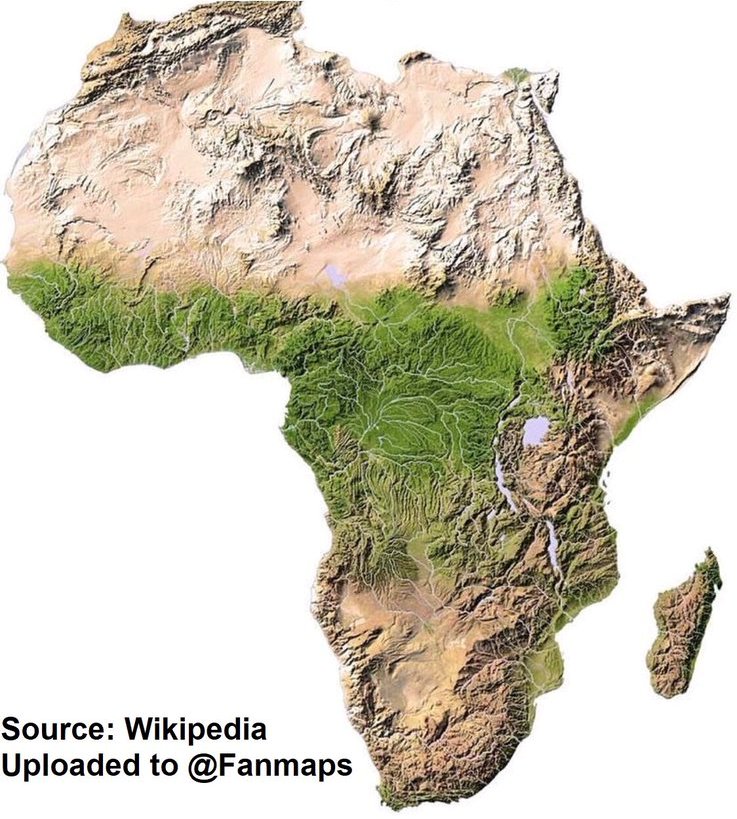
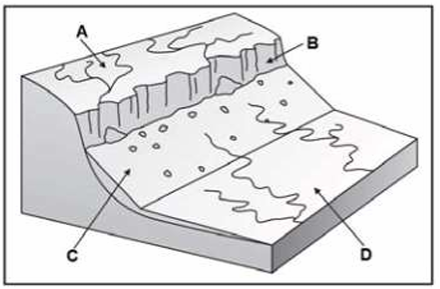
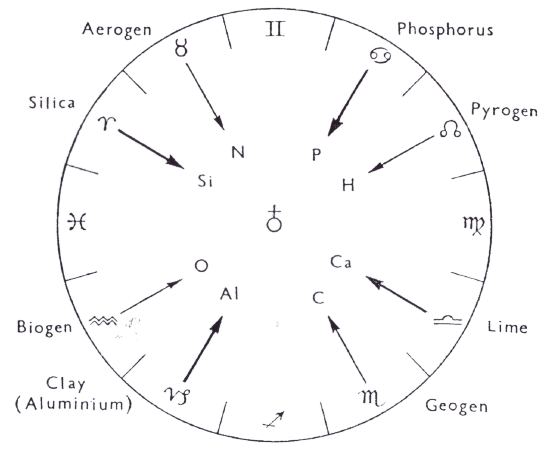
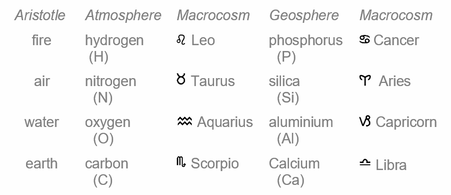
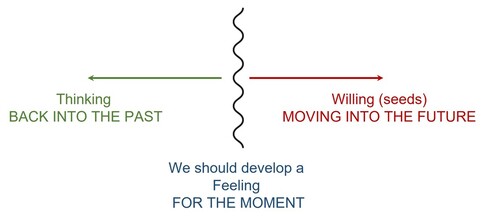
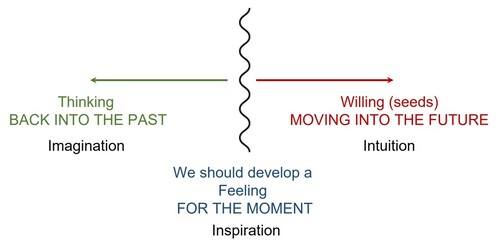
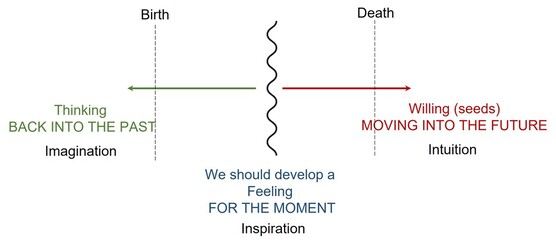
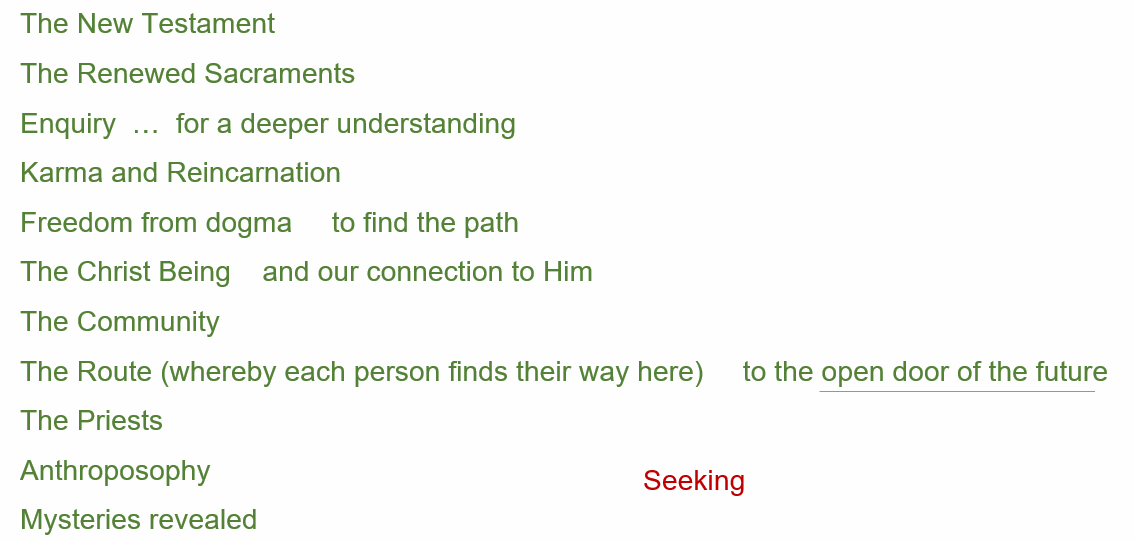
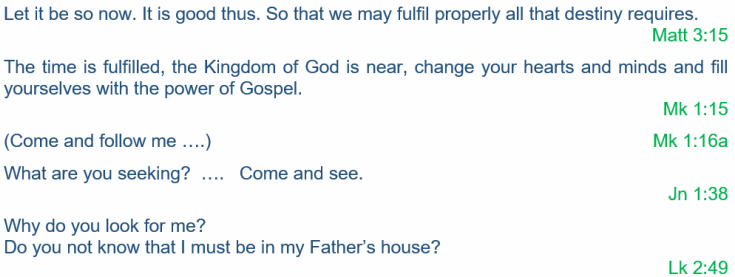
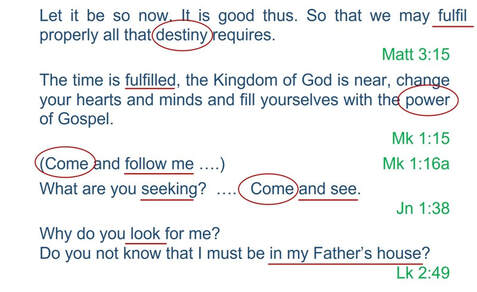
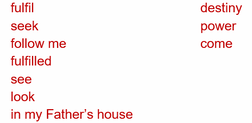
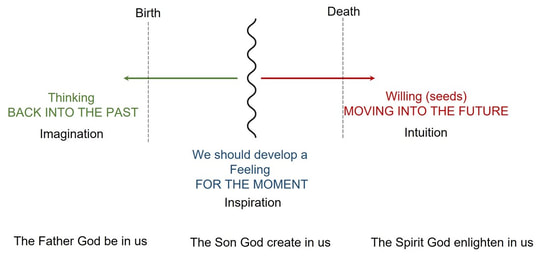
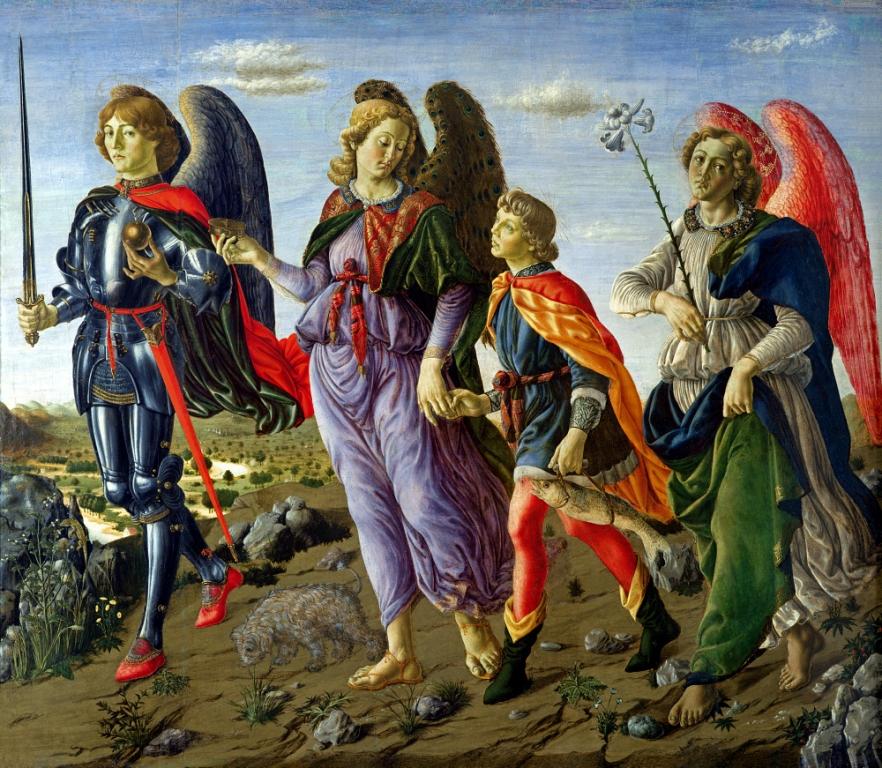
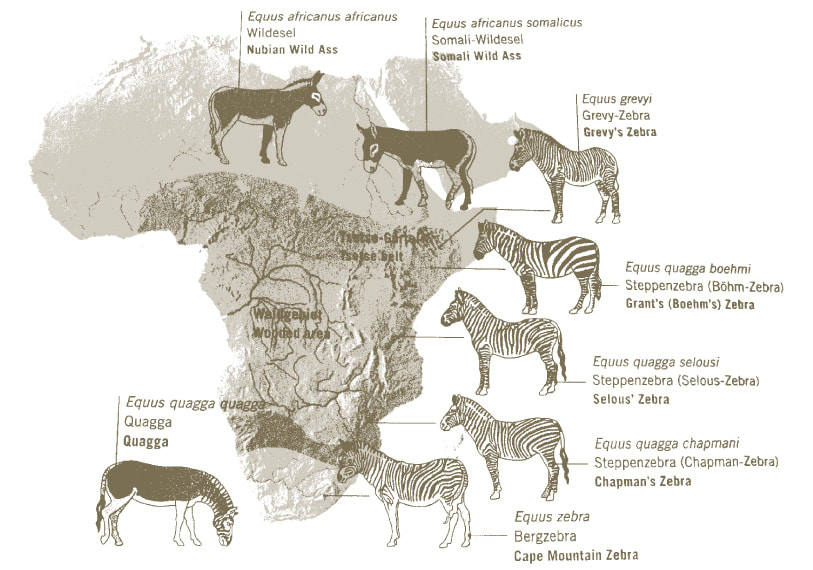
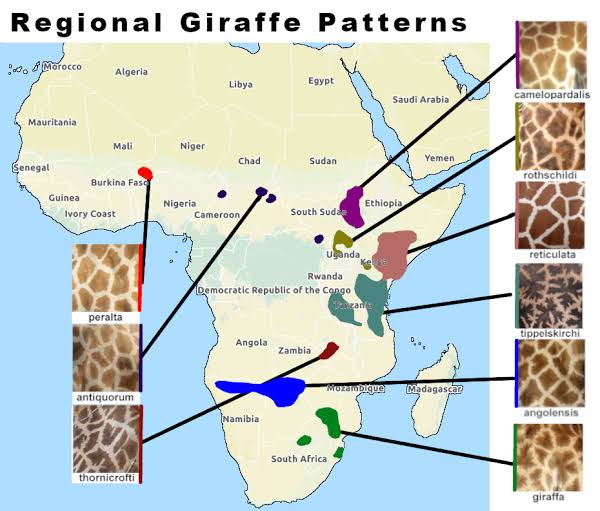
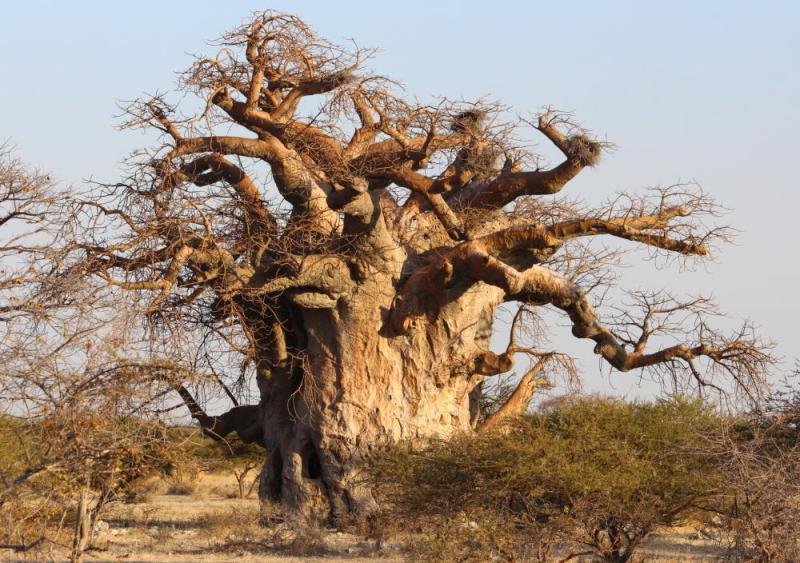
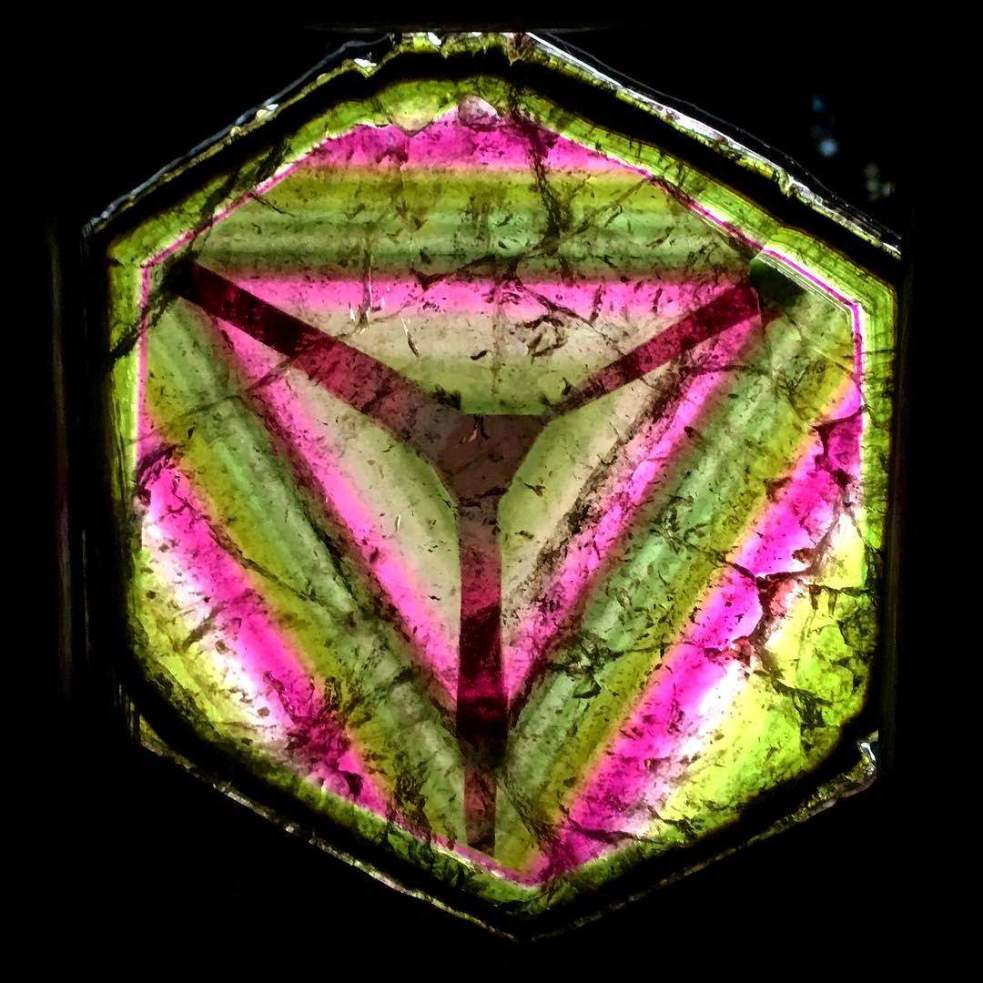

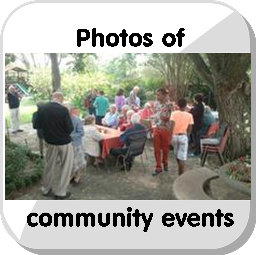
 RSS Feed
RSS Feed